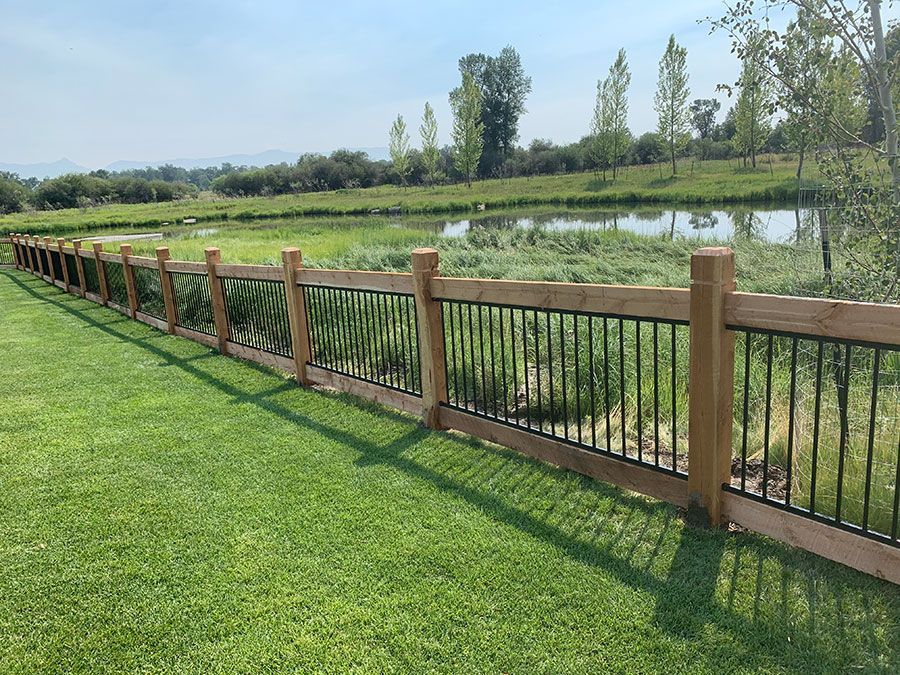Protect your property and the planet by choosing fencing solutions that prioritize sustainability and eco-friendly practices.
Sustainable Materials Used
When you choose continuous panel fencing, you’re selecting products made with recycled or recyclable materials, like steel, which are durable and have minimal environmental impact.
How Continuous Panel Fencing Reduces Waste Over Time
Steel panels in continuous fencing are incredibly durable, meaning they don’t need to be replaced as often as wood fences. This leads to less waste and a smaller environmental footprint.
Eco-Friendly Manufacturing Processes
Many fencing manufacturers have adopted sustainable practices to reduce their environmental impact during production. These include:
- Energy-Efficient Production: Utilizing processes that consume less energy during fabrication.
- Minimized Emissions: Employing cleaner technologies to lower greenhouse gas emissions.
- Waste Reduction: Recycling scraps and byproducts during the production phase.
It’s important to choose a fencing provider who values sustainability in their manufacturing practices to ensure the environmental benefits of your fence.
Benefits to Local Ecosystems
In addition to its durability, continuous panel fencing offers environmental benefits by helping local ecosystems. Here’s how:
- Controlled Grazing: Prevents overgrazing, allowing vegetation to recover and thrive.
- Wildlife-Friendly Designs: Can be customized to ensure that local wildlife can safely navigate the area.
- Reduced Soil Erosion: Properly installed fencing helps stabilize soil and prevent degradation in agricultural zones.
Conclusion: The Environmental Impact of Your Fencing Choice
Choosing continuous panel fencing is an environmentally friendly choice that benefits both your property and the planet. From sustainable materials to eco-conscious manufacturing, these fences have a lasting positive impact. Get started today by contacting Montana Fence for more information.
